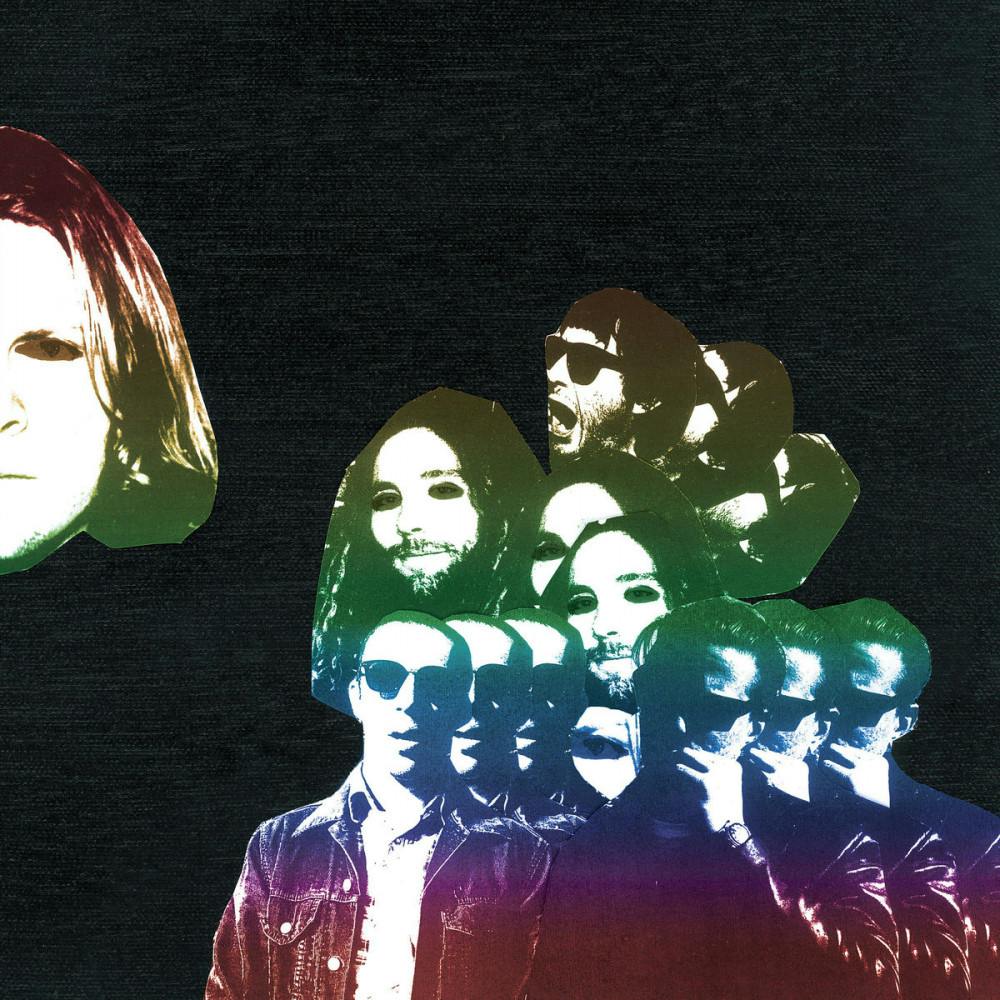by Preston Radtke First things first, Freedom’s Goblin is a musical enigma. It is extraordinarily experimental and almost as egregiously two-faced as a Batman villain. The album sees Segall dabbling in genres he has never before dabbled in, like classic rock, jazz and even folk. This experimentation is the record’s most admirable and promising aspect. On the other hand, the record is a kerfuffle of unfinished instrumentals and haphazard vocalizations. Ty Segall’s brand of rock has always blended elements of psych-rock, garage and punk, all tied together with a greasy, DIY aesthetic befitting of such an artist. Freedom’s Goblin structurally and compositionally takes that messiness to a whole new level, infecting new genres and concepts. With that in mind, Freedom’s Goblin is simultaneously his most outlandish and different record and the most Segall of all Segall records.
Segall infiltrates new genres with mixed results
Ty Segall gets in his own way on many occasions on Freedom’s Goblin. “My Lady’s On Fire” is the record’s most ambitious folk output, and one of the best-written tracks on the record. Segall’s delivery, though, is slightly off-putting. His singular vocal style seems to lead the track too much; never truly letting the lyrics sing for themselves. The ever-present pickle of Freedom’s Goblin is that no matter how many new genres Segall implements, and no matter how effectively he executes them, the aura of Ty Segall still looms. The crooning on “My Lady’s On Fire” is held back by the fact that it almost doesn’t feel natural for Segall, and in that light, the audience may feel uncomfortable or suspicious of the performance. Listening to “My Lady’s On Fire” and other tracks, it’s not unreasonable to think that Segall himself doesn’t feel overwhelmingly confident about his genre-bending, so why should his audience? Complicating matters further is the fact that many songs on this LP sound like traditional Segall gems. Unfortunately, they almost serve as reminders of who we’re really listening to: a garage-rocker in the same vein as Oh Sees. In a way this is quite unfortunate, because the songwriting on this album is very beautiful at times, but either Segall’s delivery or his implied role as a musician impedes him.Segall should take a page out of the King's playbook
The blur of genres and sloppily compiled arrangements give the record an almost mixtape-like feel. The collection of folk, garage rock and (gasp) even dad-rock songs provide the record with a dizzying sense of multiple personality, not eccentricity. Tracks like “When Mommy Kills You” and “I’m Free” show nice potential but never really cash in. Both tracks feature unrealized progressions and fragmented themes that are begging for either a climax or satisfactory denouement. Ty should have taken a page from King Gizzard and the Lizard Wizard, a kindred spirit in the contemporary garage rock landscape. In 2017, King Gizzard released 5 separate albums, each focusing on a distinct genre while still keeping their unique sound. For the sake of maintaining his songs' messages and his artistic integrity, Segall might have considered breaking up Freedom’s Goblin in to at least 3 individual LPs. The reasoning behind him not specifying his sound is an interesting one. Was the messiness of the album intended? Is he planning on releasing more albums this year? Or is this album simply a transitional piece, a sort of barrage of genres created to learn what his audience appreciates most? Freedom’s Goblin is an odyssey and an oddity. Unusual for a punk record, it stretches over an hour with several songs that last longer than six minutes. Because of this, there are moments where the record drags instrumentally and contextually. The theme of the record is a touching one, but it doesn’t carry enough weight to be effectively spread out over an hour's worth of content.Freedom’s Goblin is the quintessential Ty Segall love note
This record is dedicated almost completely to Segall’s wife, Denee. The 19 tracks explore virtually everything about their relationship, from the onset to their early dating phase to the struggles that each experiences when Ty is on the road. Segall does a phenomenal job personifying and re-enacting their relationship for the listener. Though the length and inherent disorganization of the record is dismaying, they both serve as symbols of their relationship and relationships on the whole. Segall’s courtship with Denee is very sporadic and befitting of such a prolific musician. Fortunately, the songs effectively tell the tales of many of their adventures and feelings. "Everyone’s a Winner" represents the tumultuous life of a musical couple. The dissonant guitars and confident percussion paint the picture of a songster running around the country doing rock things while his wife stays home living a more conservative life. “Alta” is the most sentimental track on the record, a living document of Segall’s compassion for Denee. “Cry Cry Cry” is probably the saddest song on the record, a narrative whereupon both parties seem to end the relationship due to either neglect or unfaithfulness. For all the flak that the record deserves from a structural and experimental standpoint, it sends much of it back with its lyrical themes. Top tracks: “Cry Cry Cry” “Rain” “And Goodnight” Recommended if you like: Oh Sees Jeff Rosenstock WandFeatured image from Bandcamp



















